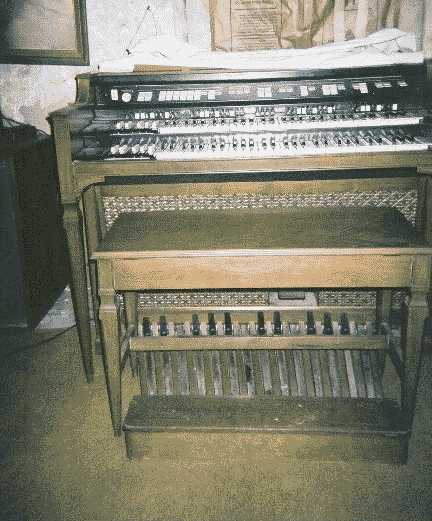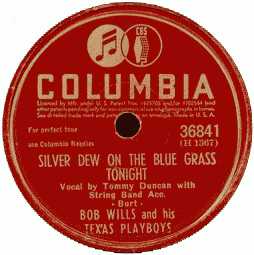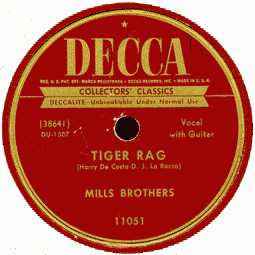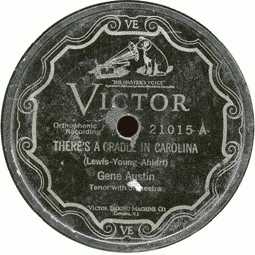
|
MUSIC
CSound is a suite of programs developed
by Barry L. Vercoe at the |
||||||||||||||
| (UPDATE-The CSDs, therefore the recordings, have not had RIAA equalization applied, hence the tone will be way off. A script can be written for post-processing. The RIAA curve is derived from a mathematical formula.) Vinyl Conversions - In the course of learning to use CSound, I came to realize those old 78 RPM records could be digitized using CSound's ability to stretch and shrink sounds. Using CSound, I played a 78 RPM record on a turntable using either the 45 RPM or 33 1/3 RPM speeds and recorded onto the computer .The sound card was connected to an old Sansui power amp along with an old Radio Shack Technics turntable. The CSound software allowed me to compensate for the differences between the platter's recorded speed vs the played speed. The net result is the ability to transfer old 78's to MP3 format and apply sophisticated noise reduction algorithms in the process. The possibilies are many. Power hum (60hz) can be filtered out. Any one of the many filters can be applied to reduce noise or enhance the music. I applied a Butterworth filter in my case. CSound's "sndwarp" opcode introduces too much distortion and was bypassed. Csound will load a 44100 file into an orchestra with a 10000 sr and write at the 10k rate. Recording at a standard 44100 and loading into a sr compensated orchestra with time period compensation will accomplish the 78--33 1/3 transformation needed. See the comments in "In_441-to-988.csd" and "In_988-to-441.csd".
Tiger Rag Gene Austin - - Cradle in Carolina
| SHARC Orca - At
one point in time, there was a database, Sandell's
Harmonic Archive, placed online by a researcher at one of
the universities . The database contained the
characteristic parameters of many orchestra instruments .
The database disappeared one day. I happened to run across the data again in 2004 at
Stephen Yi's website.
These may no longer be online.. I adapted the data for use with CSound and the results are here. There are missing notes for some instruments. The work was incomplete when, I imagine, funding ran out. What is here is a set of orc and csd files for use with CSound or CSoundAV (by Gabriel Maldonado.) I'm making available my SHARC-CSound adaptations. A CSD and ORC file for each instrument. The orchestra files must be in the Includes directory. The original README file for SHARC *SHARC - Database of musical timbre information Go to this page for more on playing the Orca files with a computer keyboard. This page has a sample CSD file and more details. * NOTE : I've done another search and located the original author's (Greg Sandell) current website and data. Also note Stphen Yi www.csounds.com/stevenyi has other formats of the data including a "blue" file and a single CSD file. My version is written differently and consists of one CSD file and one ORC for each instrument. This places less demand on system resources when only one or a few instruments are being.used at a time. I think that if a "conductor-composer" program or script is written, space will become important. |
My
Hammond H182 Console Organ - A couple of years
ago (2006), I was at a Salvation Army second hand store
("thrift shop") and spotted an
old organ in the middle of the floor; I paid a deposit and left
I came back several weeks later after building a
platform for transport and after soliciting my brother's
help. The organ weighs over 300 lbs.
|
 |  |  |
| click for larger version | click for larger version | click for larger version |